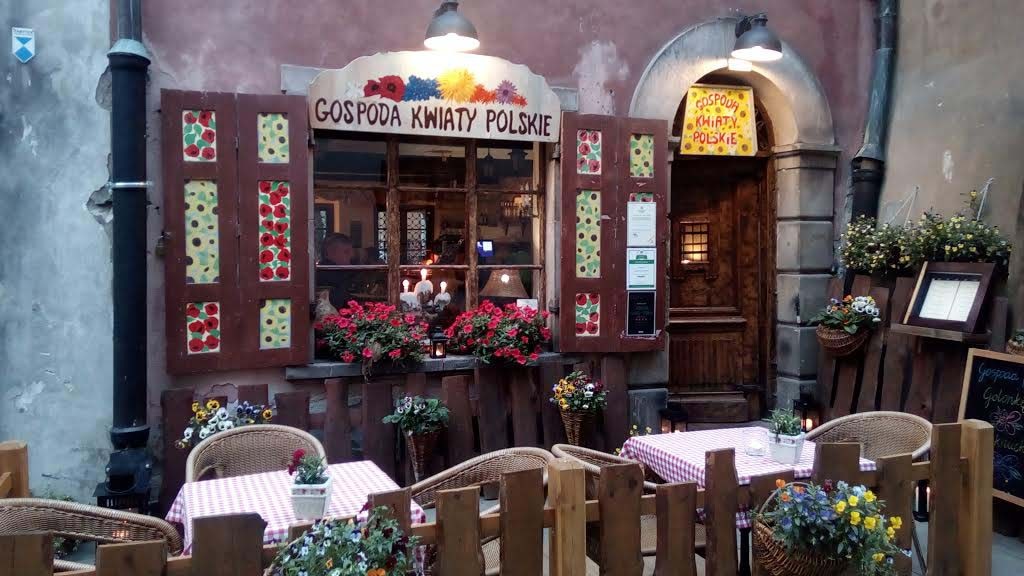
To the unique city of Warsaw, preserving history and embracing modernity at once

I had wanted to visit Poland for a long time. So, when Polish airline offered me a stopover in Warsaw on its Belgrade-Stockholm flight, I seized the opportunity.
Luckily, on the day of my visit to the Palace of Culture and Science my friend, Magaldena Petryniak, was there to welcome me. The Palace of Culture and Science is one of the landmark buildings in Warsaw, located next to Warszawa Centralna Railway Station (Warsaw Central Railway Station). The building, gifted to Poland by Joseph Stalin as a mark of friendship between Poland and the USSR houses cinemas, theatre, offices and cafés. Magaldena told me the building is a replica of the one in Moscow with the same name. Warsaw’s social and cultural bustle permeates the palace.
Like legendary Polish writers such as Joseph Conrad, Czesław Miłosz, Isaac Deutscher, Roman Polanski and Leszek Kolakowski, who reinvented themselves in countries outside Poland, Warsaw also exhibits the spirit of resistance and regeneration against heavy odds.
Warsaw has risen like a phoenix from the ashes: Pulverised during the German Occupation, the city was built from scratch by its residents who were able to restore and preserve its uniqueness. Not surprisingly, the centre of attraction in Warsaw is the old town for both its resilient and reinvigorated spirit. And that is where I headed after dropping off my luggage at the Warsaw Central Railway Station.
On the way to the old town, I stopped at the University of Warsaw to see the exhibition of its remarkable history. The university, like the Poles themselves, has gone through various trials and tribulations during its journey. Closed many times during periods of Polish uprisings, the university was occupied by German troops during WWII. All teaching was forcibly suspended to eliminate Polish cultural and artistic and scientific life, but the Poles responded by continuing teaching and preserving their culture and intellectual life through underground organisations. The university continued to serve as a German military barrack during the occupation.
Warsaw’s old town, with its small squares, reminds of scenes from films like The Pianist. The area and its environs are the centre of activity: dotted with cafés and clubs. The main building in the old town is the Royal Castle which has been restored recently to its original grandeur. In front of the castle is the historic Castle Square which has Sigismund’s Column as its most significant landmark. Beyond this, there is a small market where I tasted some local delicacies.
At one square, I was alerted to a small building bearing the plaque of Writer and Publishers Building. A little away from the building stands Warsaw’s famous Professors’ Quarter. The quarter, designed by architects of the faculty of Warsaw University of Technology (Warsaw Polytechnic), remains preserved in its original form. The role of professors inhabiting the quarter during the German Occupation forms an important part of the resistance-centred folklore now.
One of the noteworthy features of Warsaw is its eternal dedication to poets, writers, philosophers and intellectuals as evidenced in parks and other buildings named after them. For instance, there is a park on the way to the old town devoted to translator, essayist and dramatist Adam Mickiewicz who is also regarded as a national poet in Poland, Belarus and Lithuania.
One can also not miss the imposing Hotel Bristol on the way. The hotel was built around 1901 and still retains its ancient allure. It reminded me of Café New York in Budapest in terms of its old-world charm. The cake from the Bristol Hotel is a popular delicacy that one must try.
As compared to other cities of the region, Warsaw is a rich mix of modern and ancient. The Warsaw Chopin Airport is busy and modern looking, denoting heavy passenger traffic in and out of Warsaw while the city is rich with history. The Chopin Music Spot at the airport that houses pianos in one corner celebrates the Polish musician’s artistic achievements. The piano is there for all musically-inclined passengers to try their hands on.
While waiting for my flight to Stockholm, I listened to one such passenger playing Chopin’s music. The lines from Faiz’s work Chopin Ka Naghma Bajta Hay (the music of Chopin continues to play) flooded my memory. The discovery of the Chopin Music Spot was a unique and delightful experience.
Visiting Warsaw and not tasting its authentic cuisine is akin to rejecting the experience of the city. So, respecting my wishes, my friends took me to an authentic Polish restaurant in the old quarter. It was a typically traditional place with everything authentically Polish, including locally-brewed beer. I had my fill of authentic Polish cuisines.
In such a stimulating social gathering, it was hard to avoid talking about politics. While eating at the restaurant, we ranged over the recent history of Poland. Our discussion focused on the then looming EU referendum in Britain. While vigorously discussing my Europhile views, I sensed a palpable tension between the pull of the Polish past and attraction of the new Europe. Though the country worked hard at getting into the EU, it has raised quite a stir in Europe in recent years for electing the Law and Justice party which is nationalistic in its political colouration and seems to be bent on sowing the seeds of Euro-scepticism.
After the fall of communism, there has been a profusion of civil society organisations. The new civil society has attracted most talented young people to its fold -- Magdalena and her friend Lukasz Salwarowski included.